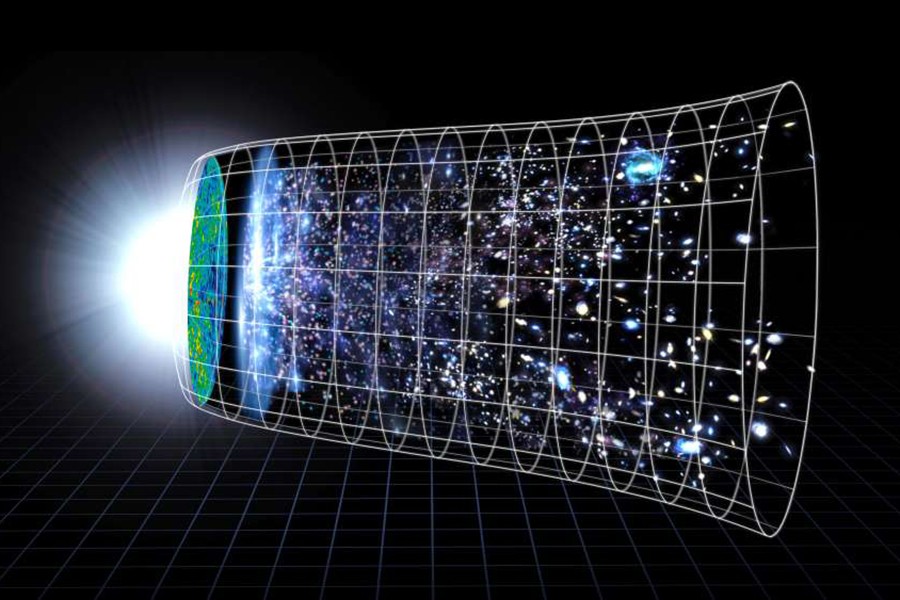Will the universe’s expansion mean planets no longer orbit stars?

Every week, the readers of our space newsletter, The Airlock, send in their questions for space reporter Neel V. Patel to answer. This week: the long-term effects of the expansion of the universe.
I was wondering, if the universe keeps expanding, is there a relatively predictable time frame when planets won’t be able to revolve around a star because there is not enough gravitational pull? Also, does the expansion mean that eventually stargazing will be a thing of the past? —Sahil
The expansion of the universe certainly keeps some astrophysicists and cosmologists up at night, because of the tremendous amount of uncertainty attached to this type of research. But judging from most of our current observations of the rate of expansion so far, we’re not going to see a foreseeable future where everything becomes stretched out too far apart for gravity to work anymore. Moons will continue to revolve around planets; planets will continue to revolve around stars; stars will continue to form galaxies. (Until, of course, those stars begin exploding and destroying the planets and moons around them.)
Why? Let’s say you have two cars driving down the highway, one 30 feet in front of the other. If the universe is expanding, then theoretically the distance between those objects will get larger and larger over time.
But if the second car were to slowly and consistently accelerate over time, it would overcome the expansion’s effect, and maintain the same 30-foot distance from the first car. As astrophysicist Ethan Siegel writes in a post on Medium, the expansion of the universe is not a force exerted within it, but a rate. And it’s possible for other forces to outpace that rate.
On very large scales, it does not appear that gravity will overcome the effects of expansion. Some structures like galaxy superclusters are not tightly bound enough by gravity to stick together forever. Eventually, they will be stretched out far enough to cease being a supercluster, and simply be individual galaxies.
But when you start talking about smaller objects, like stars, planets, and whole galaxies themselves, the effects of forces, like the electromagnetic and nuclear forces, are much more prominent. These forces, and even gravity, help overcome the effects of the universe’s expansion at smaller scales. You just need to have forces that can match or exceed the speed of that expansion, and this is a lot easier when the distance between objects is smaller.
Again, things really depend on whether or not the rate of expansion changes dramatically over time (who knows what could happen in the next 10 billion years). But as far as we can tell, the Milky Way is going to stay together. Earth is going to revolve around the sun, as will the other planets, until the sun explodes into a supernova. The same goes for other star systems and galaxies. What we are going to lose, however, are the larger clusters of hundreds to thousands of galaxies. They cannot outrun the expansion of the universe, and eventually they’ll be stretched out too far to interact with one another.
Stargazing will always be a thing. Galaxy-gazing, maybe not so much.
Deep Dive
Space
The search for extraterrestrial life is targeting Jupiter’s icy moon Europa
NASA’s Europa Clipper mission will travel to one of Jupiter's largest moons to look for evidence of conditions that could support life.
How to safely watch and photograph the total solar eclipse
The solar eclipse this Monday, April 8, will be visible to millions. Here’s how to make the most of your experience.
How scientists are using quantum squeezing to push the limits of their sensors
Fuzziness may rule the quantum realm, but it can be manipulated to our advantage.
Stay connected
Get the latest updates from
MIT Technology Review
Discover special offers, top stories, upcoming events, and more.